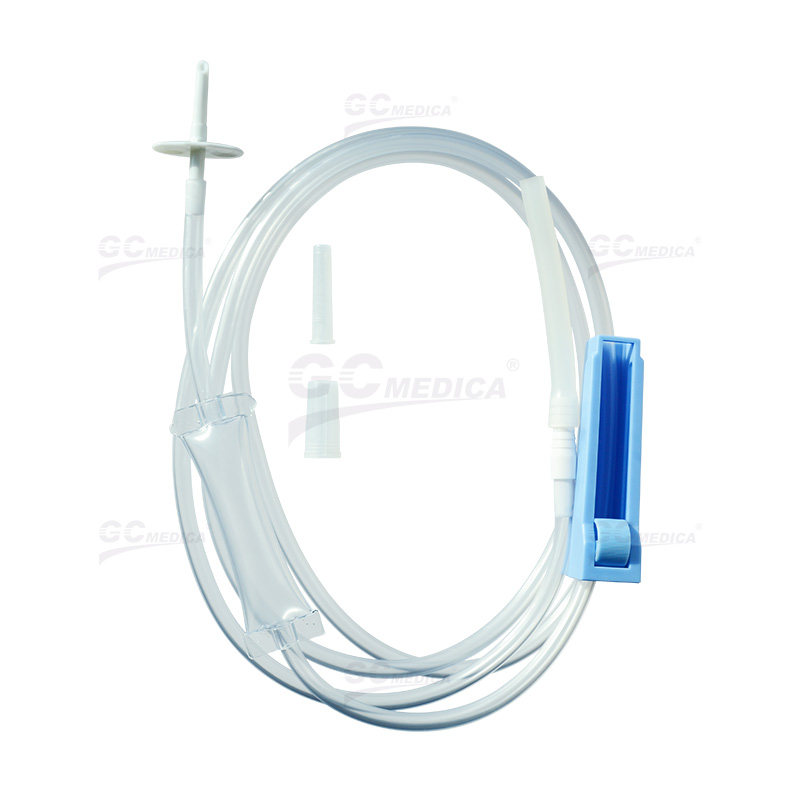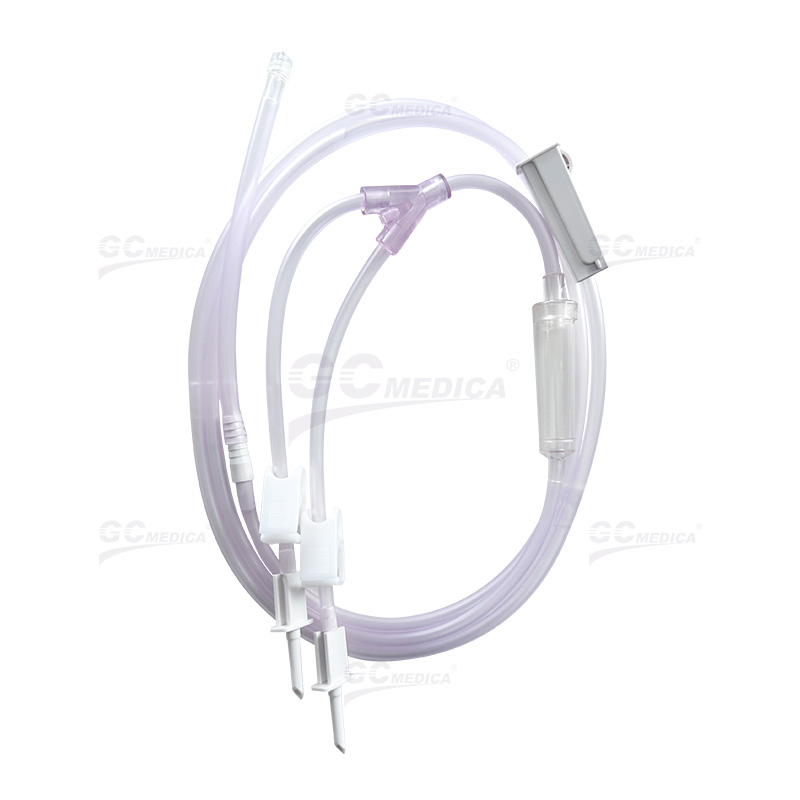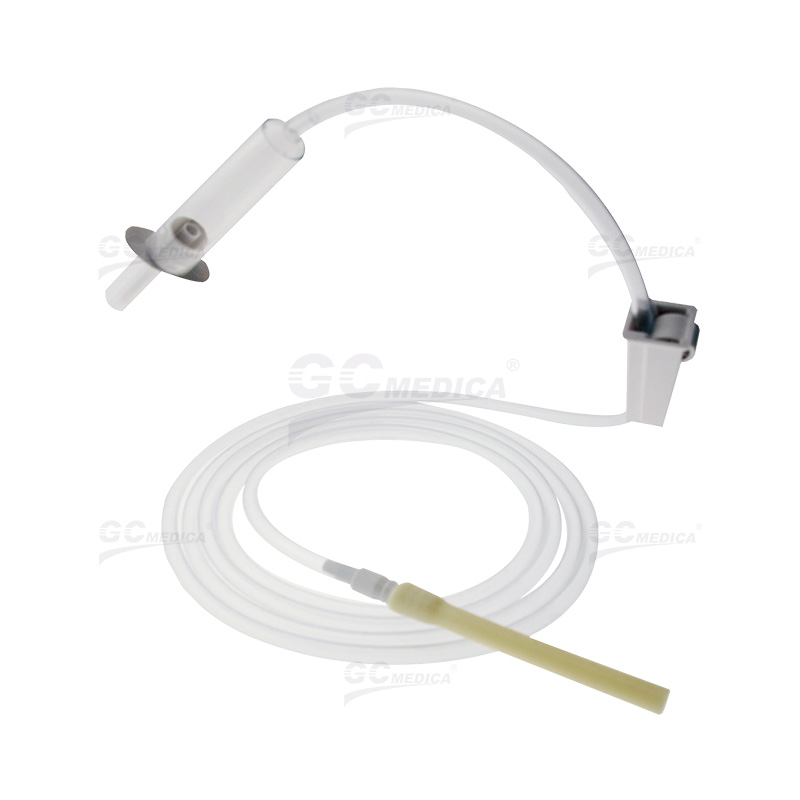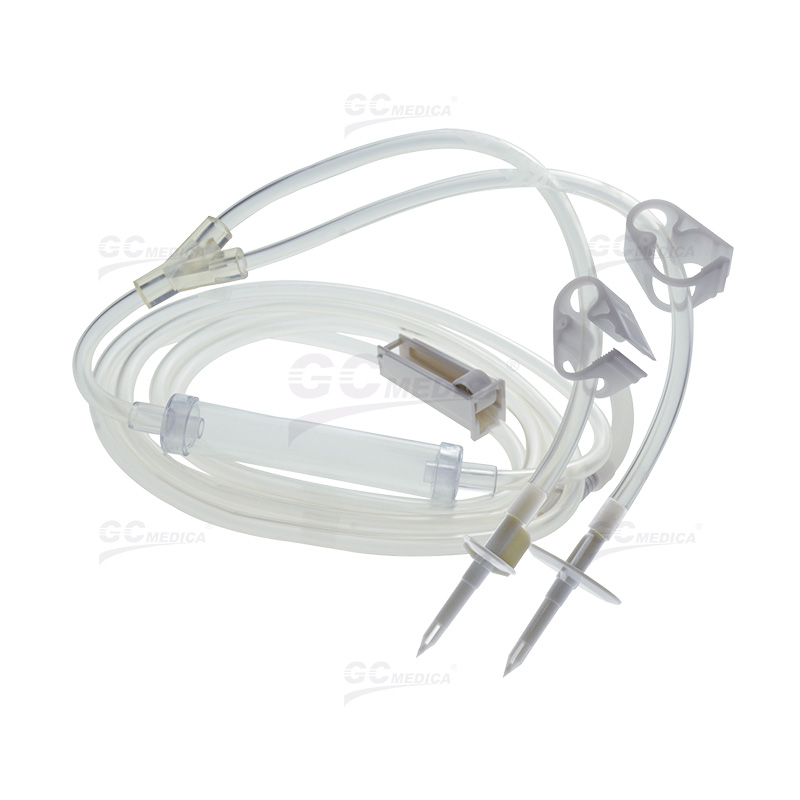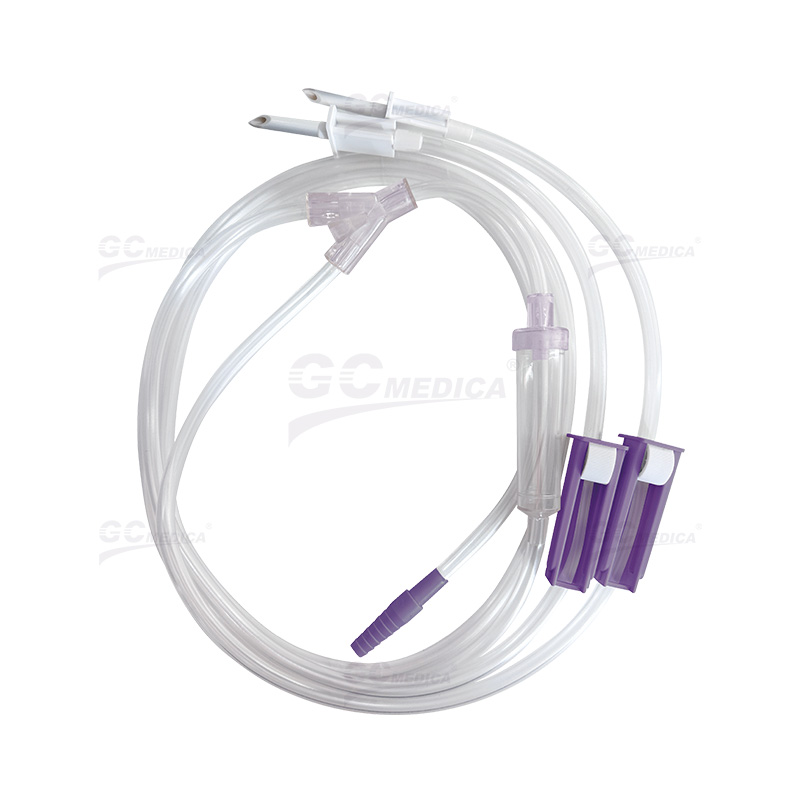Cystoscopy irrigation sets are crucial components in urological procedures, providing the necessary fluid flow to clear the operative field and improve visibility during cystoscopy. Choosing the right irrigation set can significantly impact procedure efficiency and patient outcomes. This article outlines the top features and specifications you should consider before making a purchase.
| |
| MAPLE Bladder Irrigation Kit | |
| PEONY Bladder Irrigation Kit | |
| SANDALWOOD Bladder Irrigation Kit | |
| FREESIA Bladder Irrigation Kit | |
| JASMINE Bladder Irrigation Kit | |
| DAFFODIL Bladder Irrigation Kit | |
Material Quality and Construction
One of the most important factors is the material quality of the irrigation set. Look for sets made from high-grade, biocompatible materials that are resistant to chemicals and sterilization processes. Durable construction ensures the tubing and components will maintain integrity even during prolonged use.
Flow Rate and Pressure Control
The effectiveness of an irrigation set relies on its ability to deliver a consistent flow rate and maintain proper pressure. A reliable set should offer adjustable flow options, allowing for precise control during different phases of the procedure. Consistent pressure helps in effectively flushing the bladder and maintaining a clear field.
Sterility and Safety
Sterility is paramount in any medical procedure. Many cystoscopy irrigation sets come in sterile, single-use packaging to minimize the risk of infection. If opting for a reusable set, ensure that it is designed for effective sterilization and meets rigorous infection control standards. Always check that the product complies with relevant medical regulations.
Compatibility and Connectivity
An ideal cystoscopy irrigation set should be compatible with various cystoscopes and urological instruments. Check for standardized connectors and fittings that ensure seamless integration with your existing equipment. Proper connectivity not only enhances usability but also minimizes the need for additional adapters.
Volume Capacity and Tubing Dimensions
Consider the volume capacity of the irrigation fluid reservoir and the dimensions of the tubing. A larger capacity is beneficial for procedures requiring extended irrigation, while appropriate tubing dimensions ensure adequate fluid delivery without excessive resistance. The balance between tube length and diameter also plays a crucial role in maintaining the optimal flow rate.
Ease of Use and Assembly
In fast-paced medical environments, ease of assembly and use is vital. Look for irrigation sets that offer clear instructions and simple assembly processes. An intuitive design minimizes setup time, allowing healthcare professionals to focus on patient care rather than equipment troubleshooting.
Cost-Effectiveness
Budget considerations are always important. Compare the upfront costs of disposable versus reusable irrigation sets. While disposable sets offer the advantage of sterility and convenience, reusable sets may provide long-term savings if proper maintenance and sterilization protocols are in place. Weigh the benefits of each option in relation to your facility’s needs and procedure volume.
Final Considerations
Before purchasing a cystoscopy irrigation set, evaluate the following:
Material and Durability: Ensure robust construction and chemical resistance.
Flow Dynamics: Look for adjustable flow rates and reliable pressure control.
Sterility Standards: Confirm compliance with infection control regulations.
Compatibility: Verify that the set works seamlessly with your equipment.
Usability: Prioritize designs that are easy to assemble and operate.
Cost Efficiency: Balance initial costs with long-term usage benefits.
By considering these features and specifications, healthcare professionals can make an informed decision that enhances procedural success and patient safety

 Français
Français Español
Español Products
Products
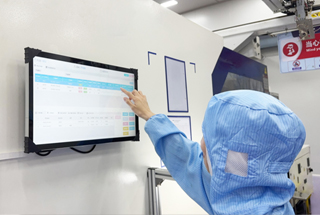
 About Us
About Us




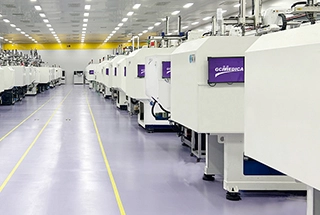


 GCMEDICA Cystoscopy Irrigation Set Online Promotion
GCMEDICA Cystoscopy Irrigation Set Online Promotion